Understanding the Concept of "Run-on Sentences" in English
When it comes to writing in English, one of the common mistakes that many learners and even native speakers make is the use of run-on sentences. A run-on sentence is a sentence that combines two or more independent clauses without proper punctuation or a conjunction. This can lead to confusion and a lack of clarity in the writing. In this article, we will delve into the concept of run-on sentences, their causes, and how to avoid them.
What is an Independent Clause?
Before we can understand run-on sentences, it's important to first understand what an independent clause is. An independent clause is a group of words that contains a subject and a predicate, and can stand alone as a complete sentence. It expresses a complete thought and can be punctuated with a period, question mark, or exclamation mark. For example:
She went to the store.
In this sentence, "She went to the store" is an independent clause because it has a subject ("She") and a predicate ("went to the store"), and it can stand alone as a complete sentence.
Combining Independent Clauses
Now that we know what an independent clause is, let's look at how they can be combined. There are several ways to combine independent clauses, but the most common methods are through the use of punctuation and conjunctions.
1. Punctuation: One way to combine independent clauses is by using a period or a semicolon. A period is used to separate two independent clauses that are closely related in thought, while a semicolon is used to connect two independent clauses that are more closely related.
She went to the store. She bought some milk.
She went to the store; she bought some milk.
2. Conjunctions: Another way to combine independent clauses is by using a conjunction, which is a word that connects clauses or sentences. Common conjunctions include "and," "but," "or," "for," "nor," "so," and "yet." When using a conjunction, it is important to ensure that the clauses are properly punctuated.
She went to the store, and she bought some milk.
She went to the store, but she forgot her wallet.
Causes of Run-on Sentences
Run-on sentences often occur due to a few common reasons:
Inattention to grammar rules: Many writers, especially those who are learning English as a second language, may not be fully aware of the rules governing independent clauses and their combination.
Overlooking punctuation: Sometimes, writers may forget to use appropriate punctuation to separate independent clauses, leading to run-on sentences.
Confusion with dependent clauses: Writers may mistakenly treat dependent clauses as independent ones, leading to run-on sentences. A dependent clause cannot stand alone as a complete sentence and requires a conjunction or a comma to connect it to an independent clause.
How to Avoid Run-on Sentences
Here are some tips to help you avoid run-on sentences in your writing:
Read your sentences aloud: This can help you catch run-on sentences, as you will likely notice if a sentence sounds awkward or incomplete.
Look for conjunctions: Check if you have used conjunctions appropriately to connect independent clauses.
Use punctuation: Ensure that you have used periods, semicolons, or conjunctions to separate independent clauses.
Break long sentences: If a sentence is too long and complex, consider breaking it into shorter, more manageable sentences.
Seek feedback: Have someone else read your writing to provide feedback on any run-on sentences you may have missed.
Conclusion
Run-on sentences can disrupt the flow of your writing and confuse your readers. By understanding the rules of independent clauses and their combination, and by paying close attention to punctuation and conjunctions, you can avoid run-on sentences and produce clear, coherent writing. Remember to read your sentences aloud, break them into manageable parts if necessary, and seek feedback to ensure your writing is free of this common grammatical error.
转载请注明来自北京朝宇律师事务所,本文标题:《英文不断字,英文断字符 》

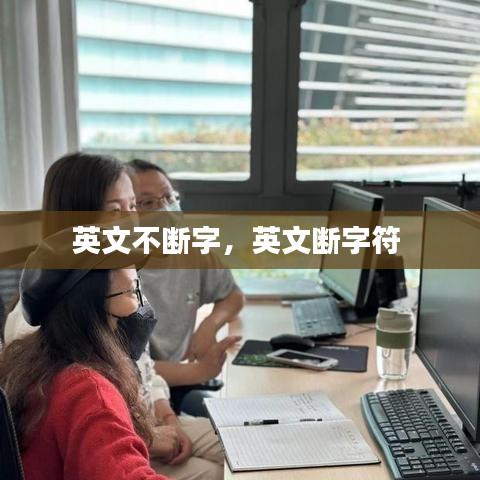




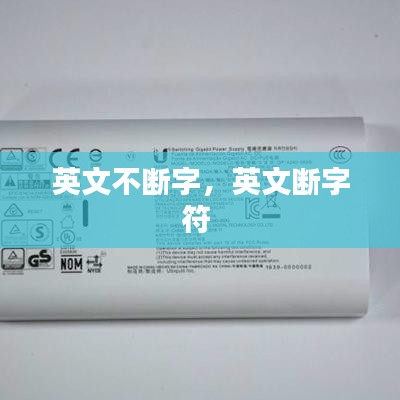
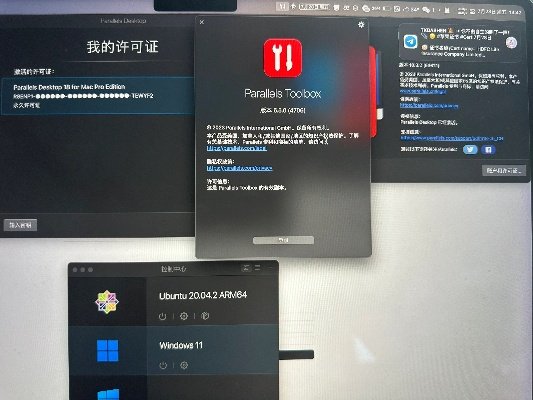
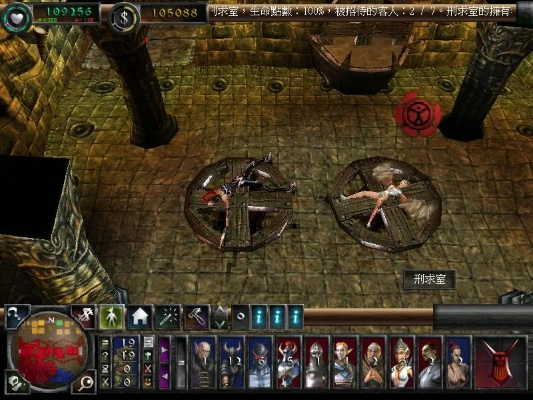

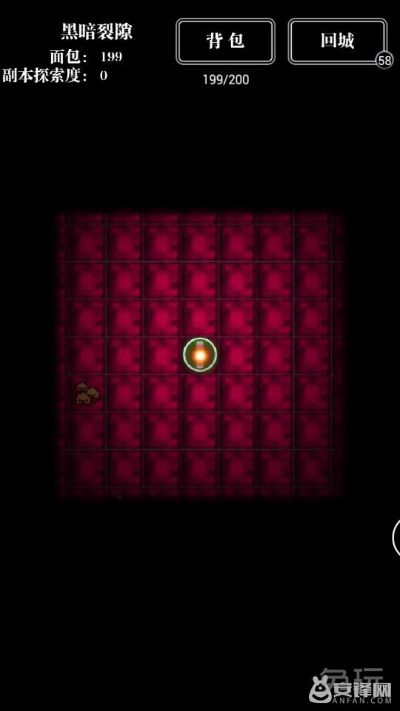

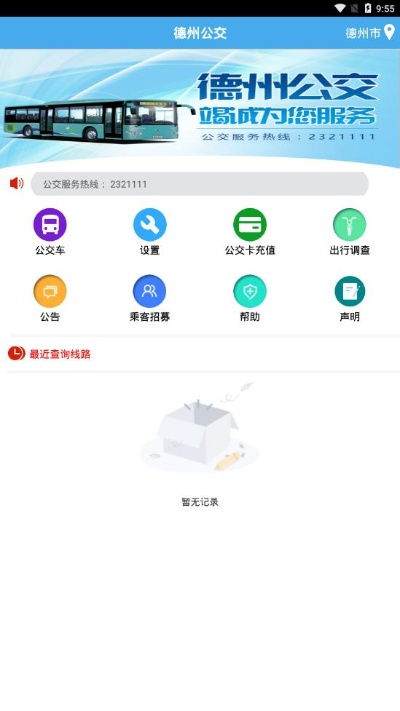

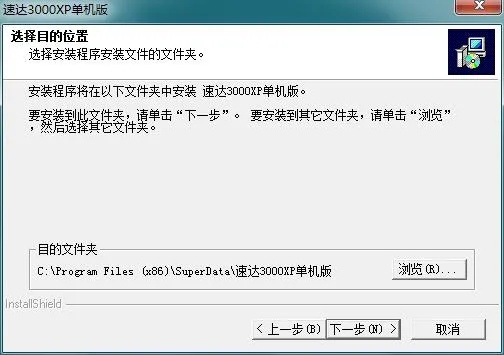
 京ICP备2022030879号-1
京ICP备2022030879号-1
还没有评论,来说两句吧...